Table of Contents
Deep beneath the thick forests and tangled vegetation of the Cu Chi Tunnels, a district located just northwest of Ho Chi Minh City, lies an intricate network of tunnels that played a pivotal role in the Vietnam War. Known as the Cu Chi Tunnels, this subterranean labyrinth represents a testament to the resilience, ingenuity, and unwavering determination of the Vietnamese people during one of the most protracted and brutal wars in modern history.
History of the Cu Chi Tunnels
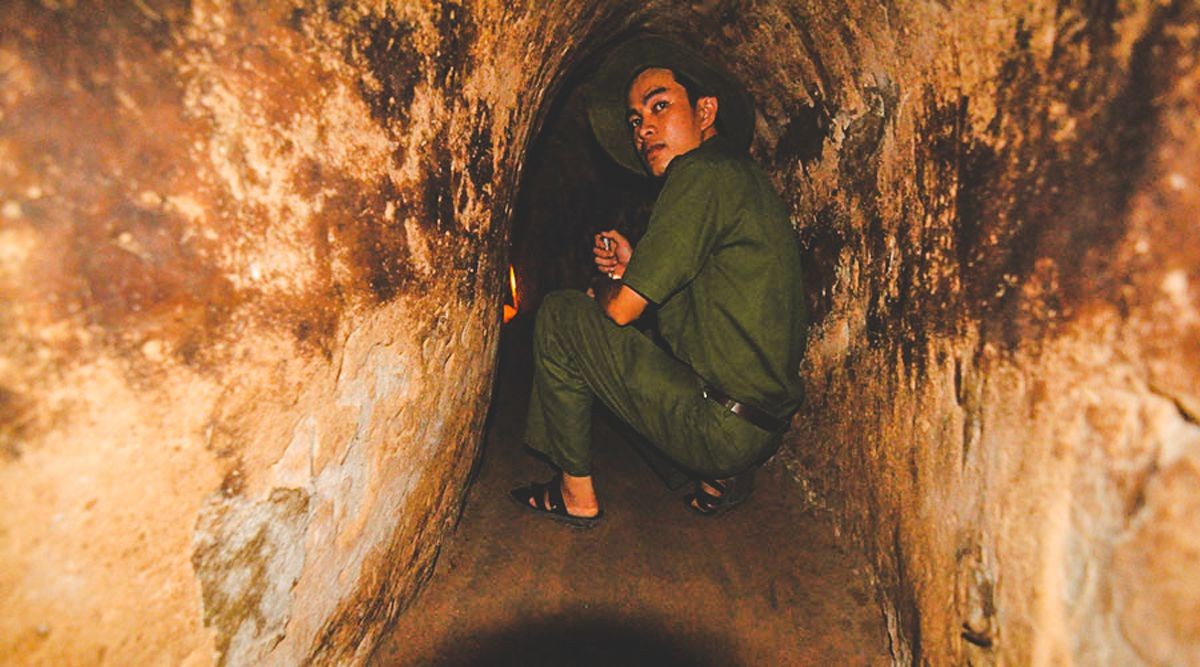
The history of the Cu Chi Tunnels is deeply intertwined with the tumultuous events that unfolded during the Vietnam War. The tunnels’ origins can be traced back to the early 1940s, when they were initially constructed by the Viet Minh resistance forces to shelter and protect themselves from French colonial authorities. As the conflict escalated and the United States became embroiled in the war, the tunnels were expanded and further developed, transforming into a sophisticated underground network that stretched for miles beneath the surface.
The Early Years: Resistance Against French Colonial Rule
The Cu Chi Tunnels were first built by the Viet Minh resistance fighters in the 1940s as a means of protection against French colonial forces. At the time, the tunnels were relatively simple and served as hiding places for the Viet Minh soldiers. However, as the French intensified their efforts to suppress the resistance, the tunnels were expanded and improved upon to serve as a strategic military base.
In 1946, the Viet Minh launched a major offensive against the French, known as the August Revolution. The Cu Chi Tunnels played a crucial role in this campaign, providing a safe haven for the Viet Minh fighters and allowing them to launch surprise attacks on the French troops. Despite facing superior firepower, the Viet Minh were able to hold their ground and eventually force the French to withdraw from the area.
The Vietnam War: Expansion and Development of the Tunnels
When the United States entered the Vietnam War in 1965, the Viet Cong (VC) – a communist guerrilla group supported by North Vietnam – began using the Cu Chi Tunnels as their base of operations. The tunnels were expanded and improved upon to accommodate more soldiers and equipment, becoming a complex network that stretched for over 250 kilometers.
The VC used the tunnels not only as a hiding place but also as a means of transportation, communication, and supply storage. They were able to move troops and supplies undetected, launch surprise attacks on American and South Vietnamese forces, and retreat quickly into the tunnels to avoid retaliation.
Construction of the Cu Chi Tunnels
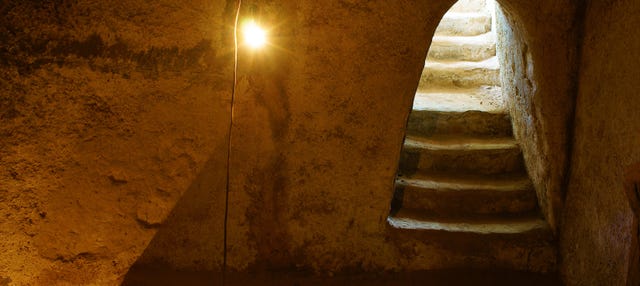
The construction of the Cu Chi Tunnels was a Herculean task carried out primarily by hand, using simple tools and sheer human labor. The tunnels were excavated using a combination of digging and tunneling techniques, with the excavated soil cleverly hidden and camouflaged to avoid detection.
Digging Techniques
The initial stages of tunnel construction involved digging pits or trenches in the ground, which were then connected to form a series of underground passageways. These trenches were dug using basic tools such as shovels, pickaxes, and hoes. The soil was then removed and transported to nearby fields or forests, where it was carefully scattered to avoid suspicion.
Tunneling Techniques
As the tunnels grew in complexity, more sophisticated tunneling techniques were employed. The VC used bamboo poles to support the tunnel walls and ceilings, and wooden planks to reinforce the floors. They also used explosives to blast through hard rocks and create larger chambers for storage and living quarters.
To prevent the tunnels from collapsing, air vents were strategically placed along the tunnels to provide ventilation and release excess carbon dioxide. These vents were disguised as termite mounds or hidden under bushes to avoid detection.
Purpose of the Cu Chi Tunnels

The Cu Chi Tunnels served a multitude of purposes during the Vietnam War. Apart from being a hiding place and base of operations for the Viet Cong, they also played a crucial role in the overall strategy of the North Vietnamese Army (NVA).
Military Strategy
The NVA used the tunnels as part of their “guerrilla warfare” tactics, which involved small, surprise attacks on American and South Vietnamese forces. The tunnels provided the perfect cover for these attacks, allowing the VC to strike quickly and retreat before the enemy could respond.
Moreover, the tunnels were also used to store weapons, ammunition, and supplies, making it difficult for the Americans to cut off the VC’s supply lines. This forced the US military to launch large-scale operations to try and destroy the tunnels, diverting resources and attention away from other areas of the war.
Civilian Protection
In addition to its military purposes, the Cu Chi Tunnels also served as a refuge for civilians during American bombing raids. The tunnels provided a safe haven for women, children, and the elderly, who would often hide inside while the fighting raged above ground.
Features of the Cu Chi Tunnels

The Cu Chi Tunnels were not just a simple network of underground passageways. They were a complex system with various features that made them an effective tool for the Viet Cong.
Three Levels of Depth
The tunnels were divided into three levels of depth: the first level was just below the surface and was used for living quarters, storage, and command centers. The second level was deeper and served as a communication and supply route. The third and deepest level was reserved for hospitals and escape routes.
Trap Doors and Booby Traps
To protect themselves from enemy attacks, the VC built trap doors and booby traps throughout the tunnels. These were designed to slow down or injure the enemy, giving the VC time to escape or launch a counterattack.
Some of the most common traps included spike pits, swinging logs, and punji sticks – sharp bamboo stakes hidden in the ground. The VC also used tripwires connected to grenades and other explosives, which would be triggered by unsuspecting soldiers.
Camouflage and Disguise
The entrances to the tunnels were carefully disguised to avoid detection. They were often hidden under bushes, termite mounds, or even inside people’s homes. The VC also used fake termite mounds as air vents, making it difficult for the Americans to locate the real ones.
Life in the Cu Chi Tunnels
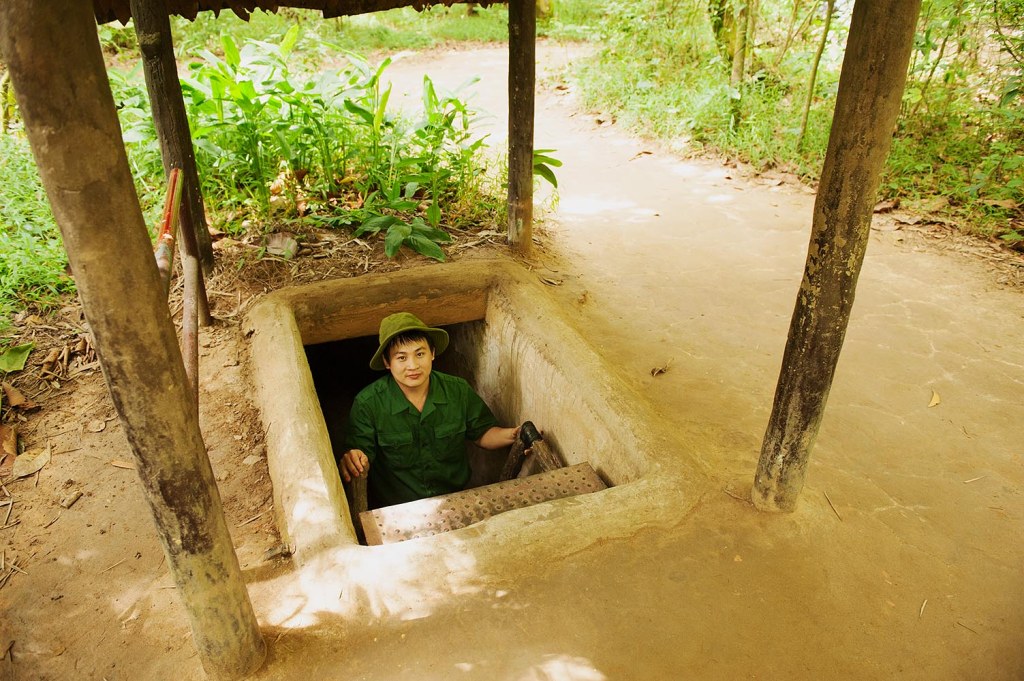
Life in the Cu Chi Tunnels was not easy. The cramped, dark, and humid conditions made it a challenging environment to live in. However, the Viet Cong soldiers adapted to their surroundings and developed ingenious ways to make life underground more bearable.
Living Quarters
The first level of the tunnels served as living quarters for the VC soldiers. These were small, narrow spaces with just enough room for a few people to lie down and sleep. The soldiers would often take turns sleeping in shifts to conserve space and ensure that someone was always on guard.
Food and Water
Food and water were scarce commodities in the tunnels. The VC soldiers survived on a diet of rice, vegetables, and occasional meat from animals caught in the surrounding forests. Water was collected from nearby streams and boiled to make it safe for drinking.
To prevent the enemy from detecting their presence, the VC soldiers would cook their meals at night, using small fires and makeshift stoves. They also had to be careful not to make too much noise while eating, as this could give away their location.
Health and Sanitation
The tunnels were infested with insects, rodents, and other pests, making it difficult to maintain proper hygiene. The VC soldiers had to be vigilant in keeping their living quarters clean and disposing of waste properly to avoid attracting unwanted attention.
To combat the spread of disease, the VC soldiers used traditional herbal remedies and medicines made from plants found in the surrounding forests. They also had a network of underground hospitals where wounded soldiers could receive medical treatment.
Tactics Used in the Cu Chi Tunnels
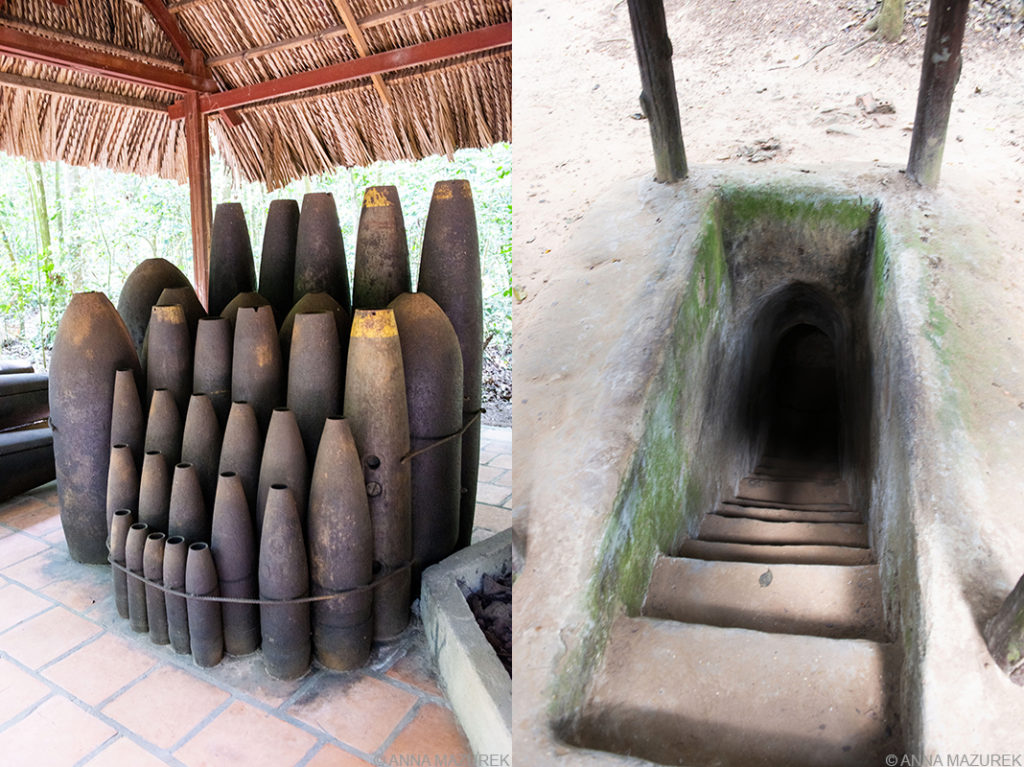
The Cu Chi Tunnels were not just a hiding place for the Viet Cong. They were also used as a strategic tool to outsmart and defeat the enemy. The VC employed various tactics to confuse, demoralize, and ultimately defeat the American and South Vietnamese forces.
Tunnel Traps and Ambushes
As mentioned earlier, the VC used traps and ambushes to slow down or injure the enemy. These tactics were highly effective, causing significant casualties and disrupting the enemy’s operations.
The VC would often lure the Americans into the tunnels by creating fake entrances or booby-trapping real ones. Once inside, the soldiers would be ambushed by the VC waiting in hidden chambers or tunnels.
Tunnel Warfare
The Viet Cong were experts in tunnel warfare, using the narrow and dark passageways to their advantage. They would often launch surprise attacks on American and South Vietnamese troops, then quickly retreat into the tunnels before the enemy could respond.
The VC soldiers were also skilled at navigating the tunnels, using secret escape routes and trap doors to evade capture. This made it difficult for the Americans to pursue them and gave the VC an advantage in battle.
Psychological Warfare
The Cu Chi Tunnels were also used as a means of psychological warfare against the enemy. The VC would often play recordings of animal noises, gunshots, and other sounds to confuse and disorient the American soldiers. They also used fake footprints and other decoys to make it seem like there were more soldiers in the tunnels than there actually were.
Impact of the Cu Chi Tunnels on the Vietnam War
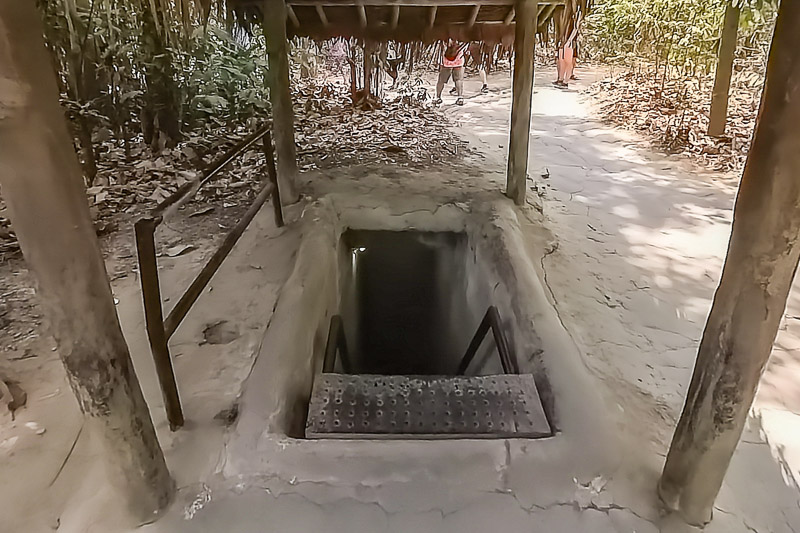
The Cu Chi Tunnels played a significant role in the outcome of the Vietnam War. The VC’s use of the tunnels forced the Americans to change their tactics and divert resources away from other areas of the war. This, in turn, weakened the American military and contributed to their eventual withdrawal from Vietnam.
Moreover, Cu Chi Tunnels also had a demoralizing effect on the American soldiers. The thought of fighting an enemy who could disappear into the ground at any moment was a daunting prospect, and many soldiers developed a fear of the tunnels.
Tourism at the Cu Chi Tunnels
Today, the Cu Chi Tunnels have become a popular tourist attraction, with thousands of visitors flocking to see this remarkable feat of engineering. The tunnels have been preserved and restored, allowing visitors to experience what life was like for the Viet Cong soldiers during the war.
Visitor Experience
Visitors can explore a section of the tunnels that have been widened and reinforced for safety. They can also crawl through some of the original, narrower tunnels, giving them a sense of the cramped conditions that the VC soldiers endured.
There are also displays of weapons, traps, and other artifacts used by the VC during the war. Visitors can learn about the history and significance of the tunnels through guided tours or audio guides.
Controversies Surrounding the Cu Chi Tunnels
While the Cu Chi Tunnels have become a popular tourist destination, they have also faced criticism and controversy. Some argue that the tunnels have been overly commercialized and that the historical accuracy has been compromised for the sake of tourism.
There have also been concerns about the impact of tourism on the surrounding environment, as well as the exploitation of former VC soldiers who now work as tour guides.
Preservation of the Cu Chi Tunnels
Efforts have been made to preserve and protect Cu Chi Tunnels as a historical site. In 2015, the tunnels were recognized as a National Historical Site by the Vietnamese government, and steps have been taken to ensure their long-term preservation.
Challenges of Preservation
Preserving the tunnels is not an easy task, as they are constantly at risk of collapsing or being damaged by natural elements. The high humidity and moisture in the tunnels can cause wooden structures to rot, and the soil surrounding the tunnels can shift and cause cave-ins.
Moreover, the tunnels are also at risk of being destroyed by urban development and deforestation in the surrounding areas. Efforts are being made to mitigate these risks and ensure that the tunnels remain intact for future generations to see.
Conclusion
The the Cu Chi Tunnels are more than just a network of underground passageways. They represent a symbol of resilience, determination, and ingenuity in the face of adversity. The Viet Cong soldiers who built and lived in these tunnels during the Vietnam War showed incredible bravery and resourcefulness, and their legacy lives on in the preserved tunnels that stand as a reminder of their unwavering spirit. Visiting Cu Chi Tunnels is not only a fascinating experience but also a chance to pay tribute to those who fought and sacrificed in one of the most significant conflicts in modern history.